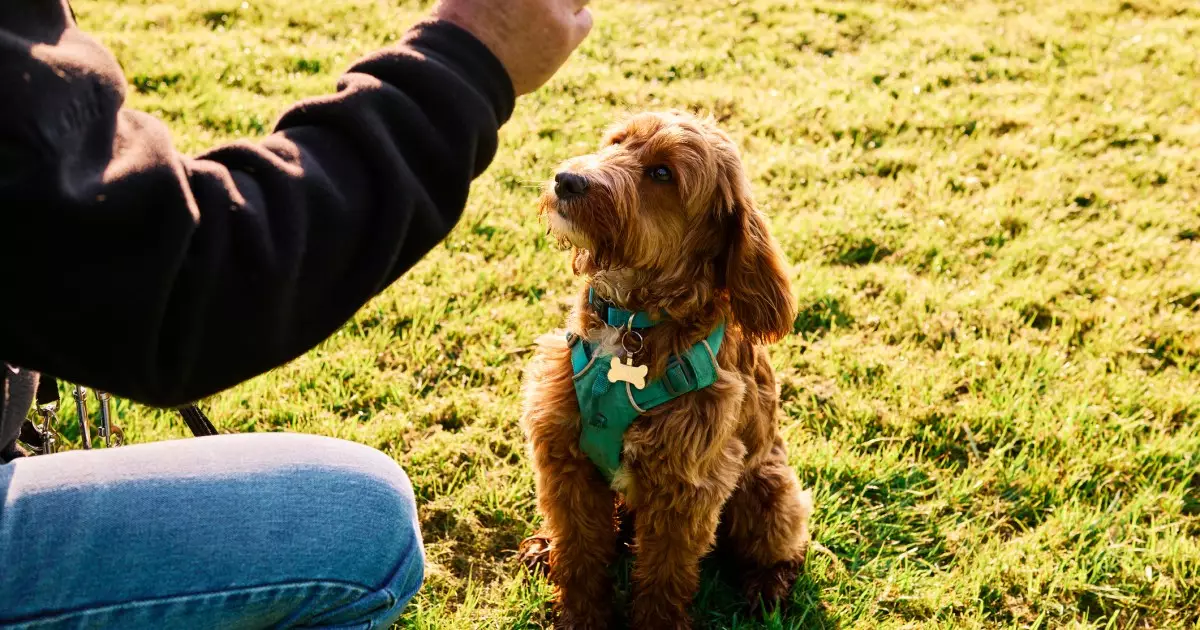Many potential pet owners harbor hesitations about adopting a deaf dog, often fueled by misconceptions regarding their trainability. It’s crucial to debunk the myth that dogs without hearing are inherently difficult to train. In fact, these dogs can become wonderful companions, intricately adapting to their environment and learning to communicate through other senses. While the absence of sound creates unique challenges, it also opens the door to a different mode of interaction that many overlook.
Dogs, whether deaf or hearing, primarily rely on body language to convey their feelings and intentions. A dog meeting another does not need vocalizations to establish rapport or communicate needs; instead, they use physical movements and visual signals. This inherent trait makes the transition to training a deaf dog easier than one might assume. Dogs are exceptionally perceptive to their human companions’ emotional and physical cues, often understanding what is expected of them far better than we realize. By emphasizing visual communication—like hand signals and facial expressions—owners can establish a robust training regimen that suits a deaf dog beautifully.
Training a deaf dog requires a tailored approach, focusing heavily on visual signals rather than verbal commands. Essential training principles remain the same: clarity in communication and consistent rewards for positive behaviors. It’s important to develop specific hand signals that correspond to commands. For instance, a simple wave of the hand can signify “come,” while a raised arm may indicate “sit.” Utilizing rewards such as treats, toys, or affection can reinforce desired behaviors, encouraging the dog to respond to visual prompts. Additionally, seeking advice or guidance from a professional trainer experienced in working with hearing-impaired dogs can significantly streamline the learning process.
An essential factor in training a deaf dog is setting clear behavioral expectations without succumbing to the impulse to excuse negative behaviors due to the dog’s condition. Adopting a deaf dog comes with the responsibility of providing a consistent, structured environment that fosters learning and growth. It’s a mistake to lower standards simply out of sympathy; instead, a well-mannered dog—regardless of hearing ability—is generally happier and better integrated into family life. Building a harmonious relationship with your dog will involve patience and effort, ultimately manifesting in a deep bond forged through mutual understanding and respect.
Opting to adopt a deaf dog can be immensely rewarding for families willing to invest time and care. Once the nuances of visual communication are mastered, pet owners often find that their relationships with these dogs are rich, fulfilling, and full of joy. The connection established through tailored training can lead to extraordinary companionship, showcasing the remarkable resilience and adaptability of these special animals. Embracing the challenge of training a deaf dog reveals not just the dog’s capacity for learning, but the owner’s ability to adapt and grow alongside their unique pet.

